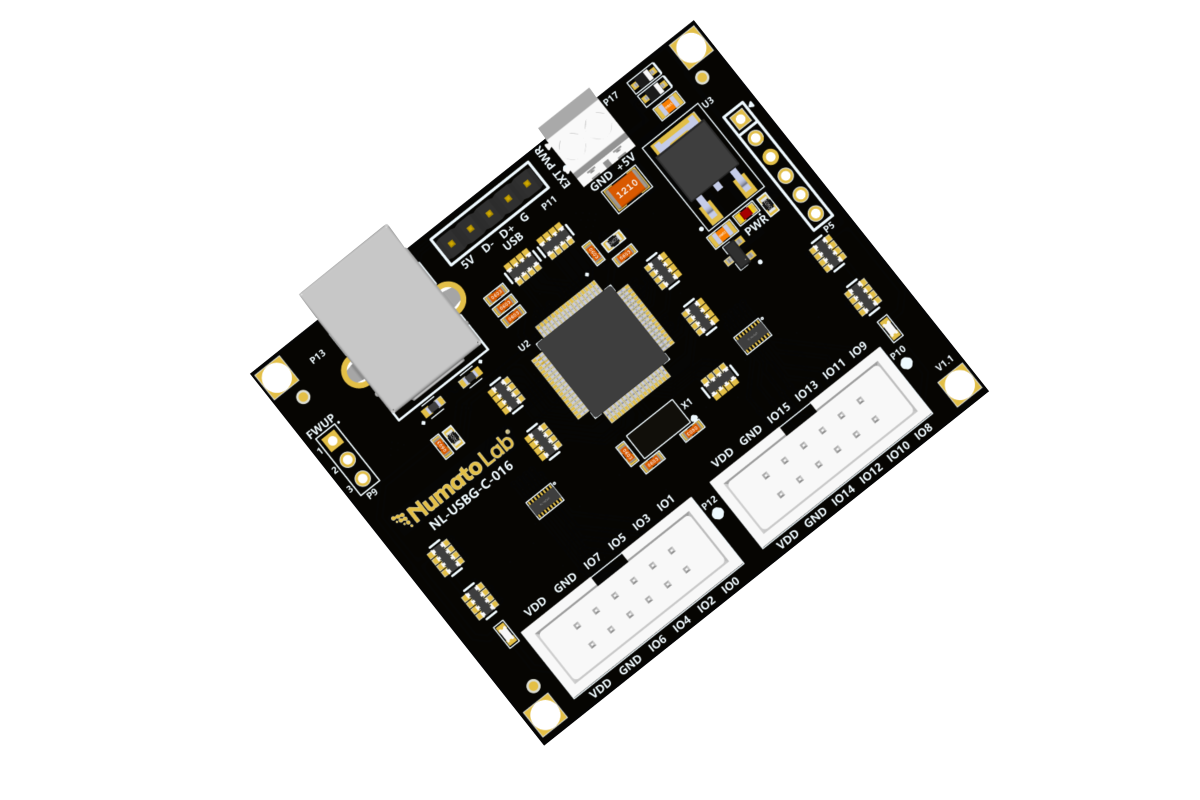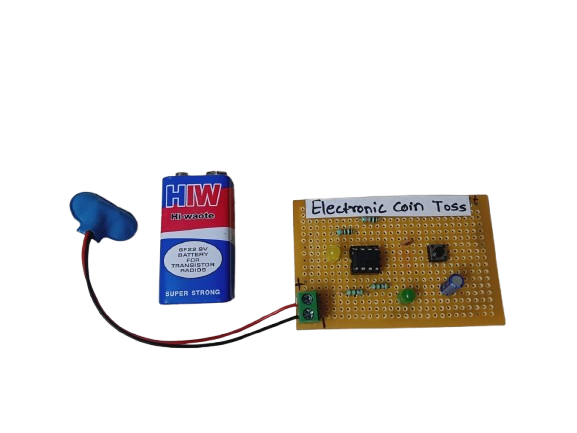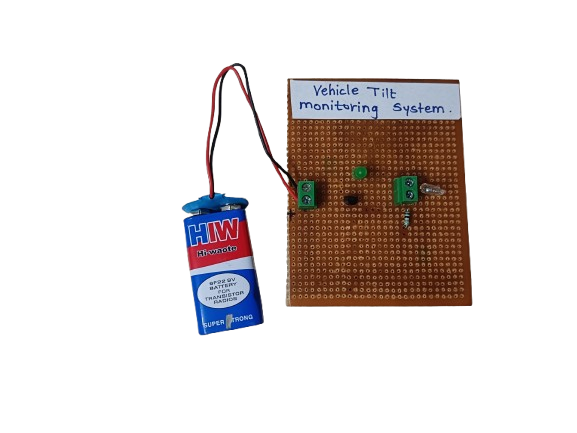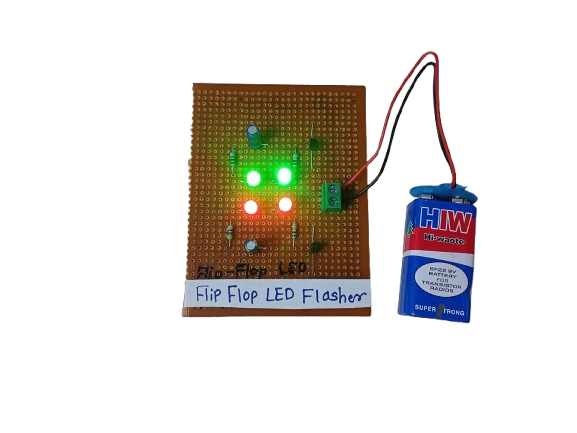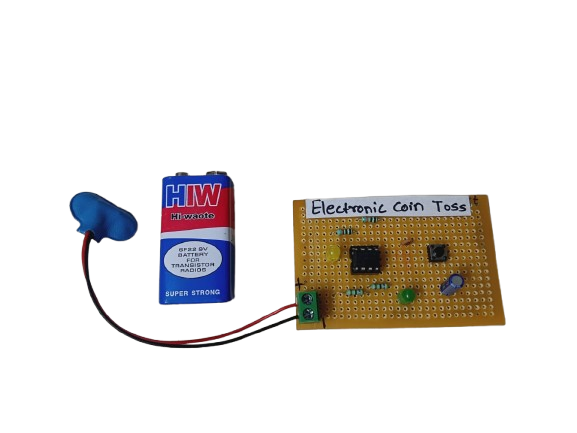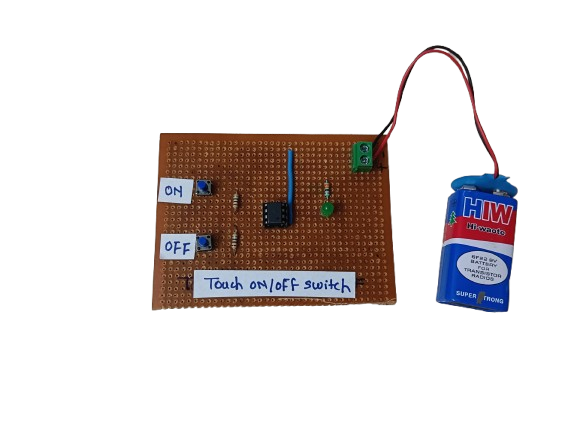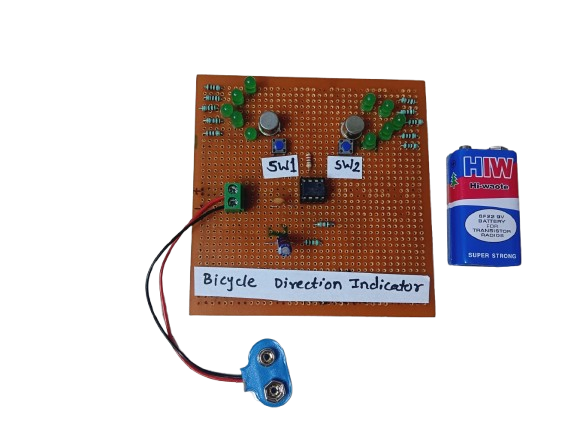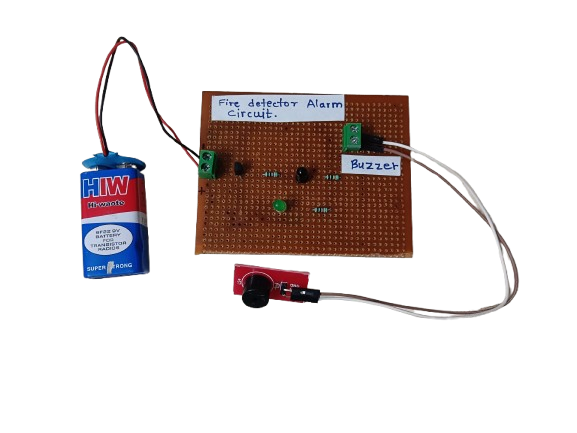Bird Bell
₹190.00
In StockA Bird Bell is a device designed to either attract, entertain, or repel birds, depending on its purpose and context. Traditionally, it is a small bell-shaped object made of metal, ceramic, or wood, and is usually hung in gardens, balconies, farms, or near bird feeders. Its name comes from its interaction with birds — it may ring when birds land on it, brush past it, or when the wind causes it to move.
Description
A Bird Bell is a small, often decorative bell hung outdoors that produces a sound when birds land on or near it. It’s designed either to:
- Chime gently with bird activity (for enjoyment), or
- Deter birds from certain areas (like crops or balconies) using sound.
There are two main types:
1.Decorative Bird Bell – Hung in gardens to attract birds and add ambiance.
2.Deterrent Bird Bell – Produces sharp sounds to scare away birds from unwanted areas.
Applications of Bird Bell
- 1. Garden Decoration
- Adds aesthetic value and soothing sounds to gardens and patios.
- Acts as a natural wind chime activated by birds.
- Bird Watching Aid
- Attracts birds by providing a perch and sound, helping bird watchers notice activity.
- Bird Deterrent
- Used in farms or balconies to scare away birds from damaging crops or leaving droppings.
- Often combined with reflective surfaces or other sounds.
- Crop Protection
- In agricultural settings, bells or similar noise-makers are used to protect crops from bird damage.
- Pet Training
In homes with pet birds, a bell can be used for interaction or training.
-
₹4,825.00
-
An Electronic Coin Toss circuit is an electronic version of the classic coin flip — often used to make quick decisions, settle disputes, or play games. It mimics the randomness of a real coin toss using digital logic or a microcontroller to generate a pseudo-random result and display it using LEDs or a text display (e.g., “Heads” or “Tails”).
₹160.00 -
The Conveyor Belt Object Counter using LDR and 7-Segment Display with the 8051 microcontroller is designed to count objects passing in front of an LDR (Light Dependent Resistor) sensor. The system works by detecting light interruptions when an object crosses the sensor, causing a change in the LDR’s resistance. The microcontroller processes this change and increments an object count. The count is then displayed on a 7-segment display.





